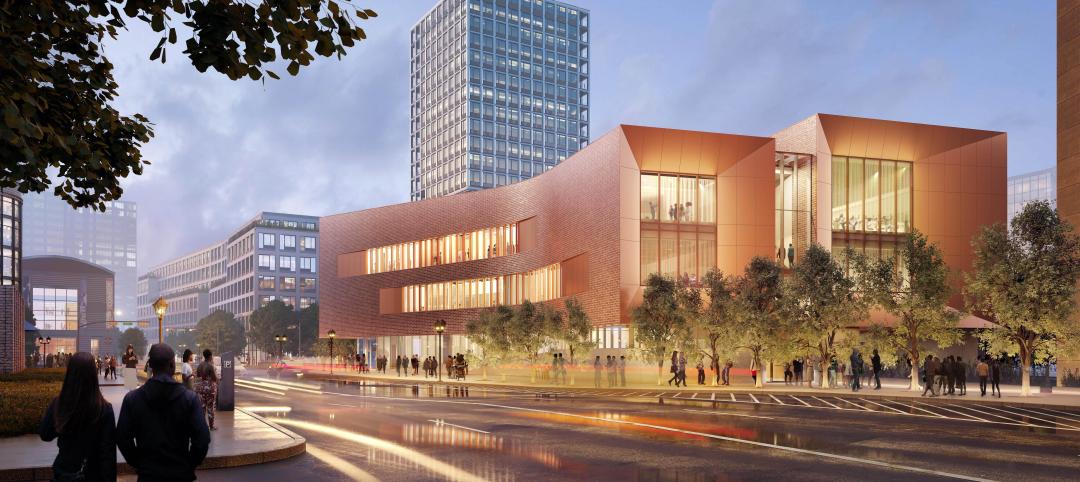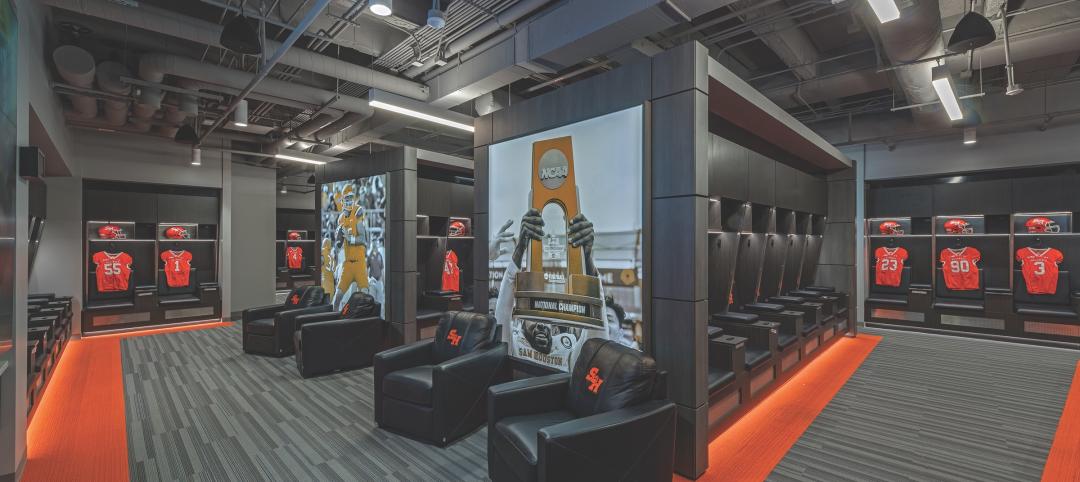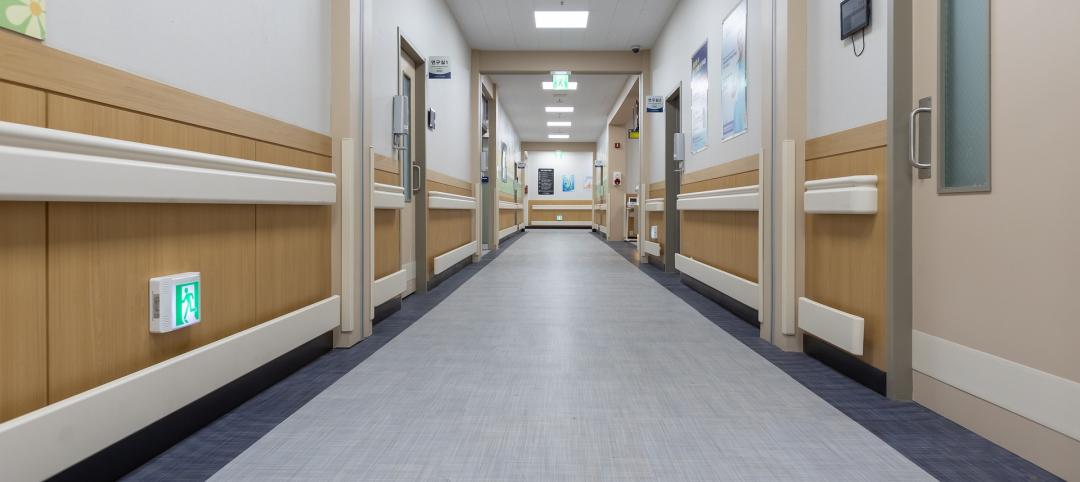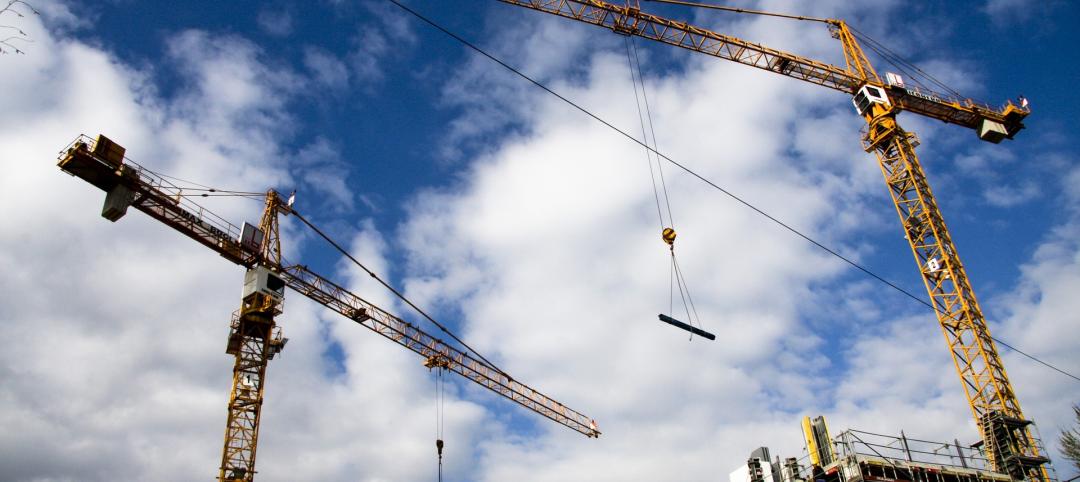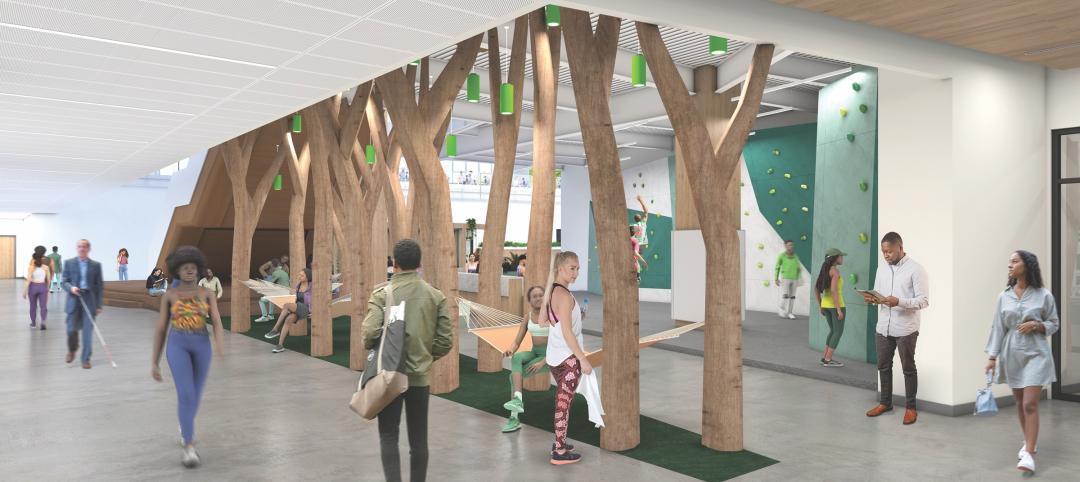Fifty-two weeks. An entire year. That’s how long project teams are having to wait for certain building materials, systems, and equipment in the post-Covid environment. These include critical core-and-shell materials like steel, steel deck, steel joists, and roofing components such as ISO foam board insulation and fasteners. Even readily available “off-the-shelf” products like drywall, metal framing, and paint have lead times. Not to mention near-historic price inflation levels and shipping costs across almost every product category.
Faced with these immense supply chain issues—on top of the ongoing skilled labor shortage—building teams are forced to employ aggressive product procurement tactics to pull off new construction and major reconstruction programs on schedule—and anywhere close to budget. Common strategies include real-time price tracking, product availability analysis during the design and bidding phases, more-optimal project planning (duh!), and sourcing locally, when possible.
Some project teams are looking to eliminate much of the guesswork around product availability and price inflation by employing early bulk-purchasing measures for entire building projects, even multi-build developments. This “buy-and-store” approach to product procurement has worked for several recent healthcare projects led by design and construction giant Haskell, says Denise Muth, Project Director with the firm’s Infrastructure and Transportation group.
ALSO SEE: How building owners and developers can get ahead of the next supply chain disaster
“For one hospital project, it was determined to buy the whole project out from the start and utilize local storage leased by the hospital,” says Muth. “On another project, we accelerated roofing, MEP equipment, elevators, and steel to help jumpstart the lead time process while the balance of design is completed. Depending on the stage of design, our owners are encouraged to purchase the entire project as quickly as possible.”
AEC industry consultant Ryan Bosworth, Principal with Rider Levett Bucknall, urges project teams to take advantage of the glut in vacant or derelict retail stores, especially big boxes, to purchase building products in bulk and warehouse them locally. “Landlords are begging for revenue while they reposition properties,” he says, adding that these spaces are relatively inexpensive to rent and require little build-out.
This bulk-purchasing approach, while effective, does have its obstacles, says Muth, including added front-loaded costs for owners/developers, insurance considerations related to storage facilities, and the risk of changes to specifications or design after materials have been ordered and stored.
Related Stories
MFPRO+ News | Oct 22, 2024
Project financing tempers robust demand for multifamily housing
AEC Giants with multifamily practices report that the sector has been struggling over the past year, despite the high demand for housing, especially affordable products.
Performing Arts Centers | Oct 21, 2024
The New Jersey Performing Arts Center breaks ground on $336 million redevelopment of its 12-acre campus
In Newark, N.J., the New Jersey Performing Arts Center (NJPAC) has broken grown on the three-year, $336 million redevelopment of its 12-acre campus. The project will provide downtown Newark 350 mixed-income residential units, along with shops, restaurants, outdoor gathering spaces, and an education and community center with professional rehearsal spaces.
Sports and Recreational Facilities | Oct 17, 2024
In the NIL era, colleges and universities are stepping up their sports facilities game
NIL policies have raised expectations among student-athletes about the quality of sports training and performing facilities, in ways that present new opportunities for AEC firms.
Codes and Standards | Oct 17, 2024
Austin, Texas, adopts AI-driven building permit software
After a successful pilot program, Austin has adopted AI-driven building permit software to speed up the building permitting process.
Resiliency | Oct 17, 2024
U.S. is reducing floodplain development in most areas
The perception that the U.S. has not been able to curb development in flood-prone areas is mostly inaccurate, according to new research from climate adaptation experts. A national survey of floodplain development between 2001 and 2019 found that fewer structures were built in floodplains than might be expected if cities were building at random.
Seismic Design | Oct 17, 2024
Calif. governor signs limited extension to hospital seismic retrofit mandate
Some California hospitals will have three additional years to comply with the state’s seismic retrofit mandate, after Gov. Gavin Newsom signed a bill extending the 2030 deadline.
MFPRO+ News | Oct 16, 2024
One-third of young adults say hurricanes like Helene and Milton will impact where they choose to live
Nearly one-third of U.S. residents between 18 and 34 years old say they are reconsidering where they want to move after seeing the damage wrought by Hurricane Helene, according to a Redfin report. About 15% of those over age 35 echoed their younger cohort’s sentiment.
Construction Costs | Oct 16, 2024
Construction Crane Index: Most major markets’ crane counts increase or hold steady in third quarter
Rider Levett Bucknall’s (RLB’s) latest Crane Index and Quarterly Cost Report shows continued decreasing cost inflation and crane counts increasing or holding steady in 10 of the 14 major markets it surveyed. The national average increase in construction costs was 1.07%, the lowest it’s been in the last three years.
University Buildings | Oct 15, 2024
Recreation and wellness are bedfellows in new campus student centers
Student demands for amenities and services that address their emotional and mental wellbeing are impacting new development on college campuses that has led to recreation centers with wellness portfolios.
Performing Arts Centers | Oct 10, 2024
Studio Gang's performing arts center for Hudson Valley Shakespeare breaks ground
A new permanent home for Hudson Valley Shakespeare, a professional non-profit theater company, recently broke ground in Garrison, N.Y. The Samuel H. Scripps Theater Center includes a 14,850 sf performance venue that will serve as a permanent home for the theater company known for its sweeping open-air productions of classics and new works.




